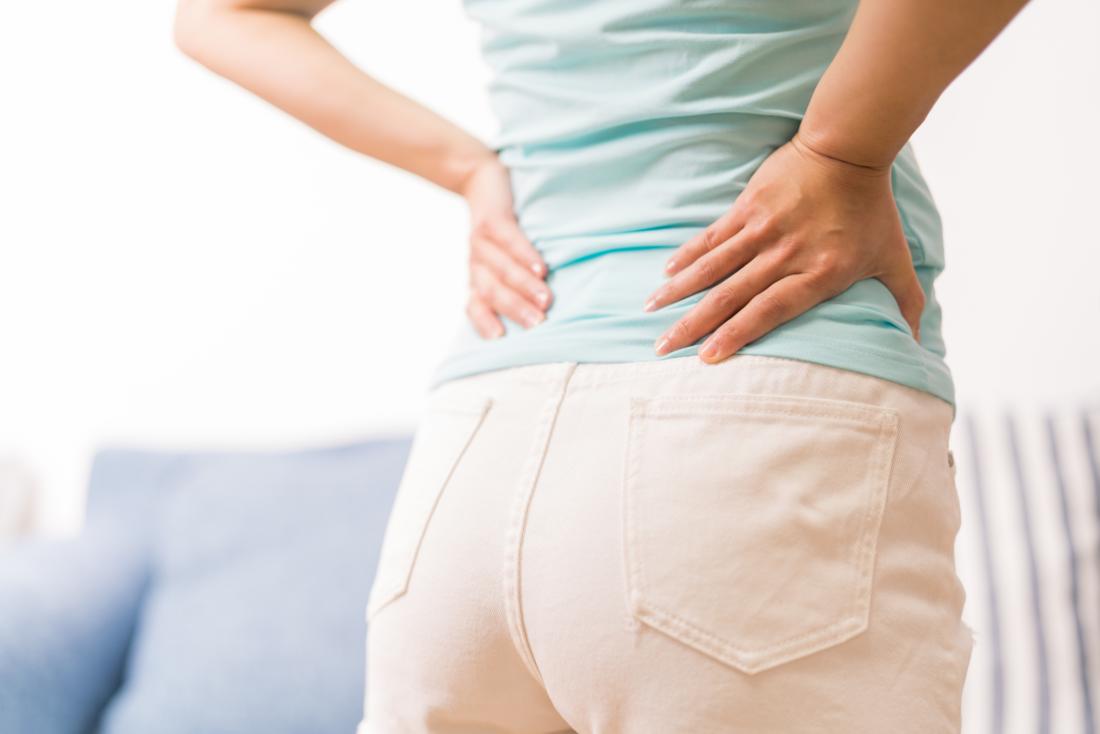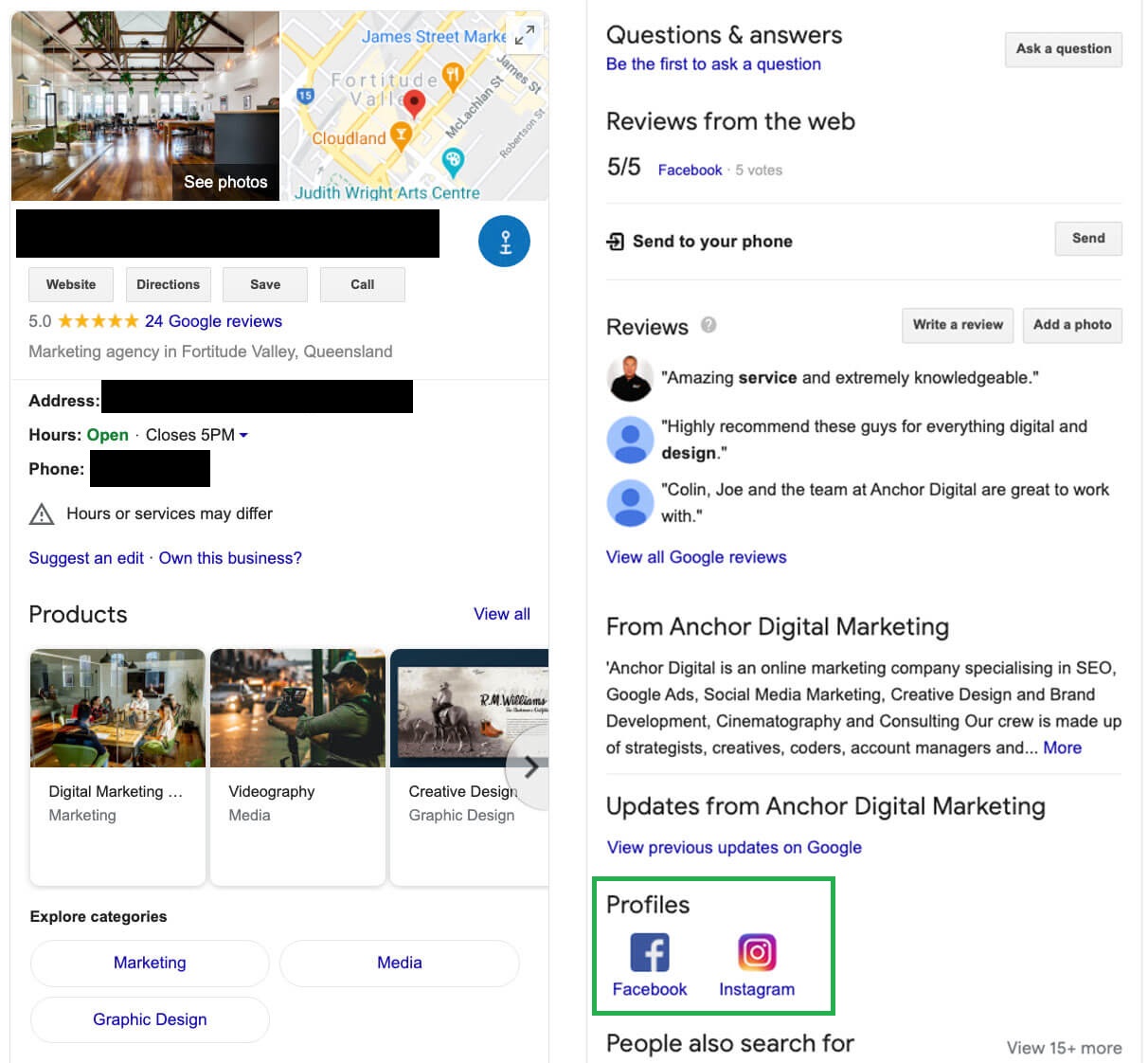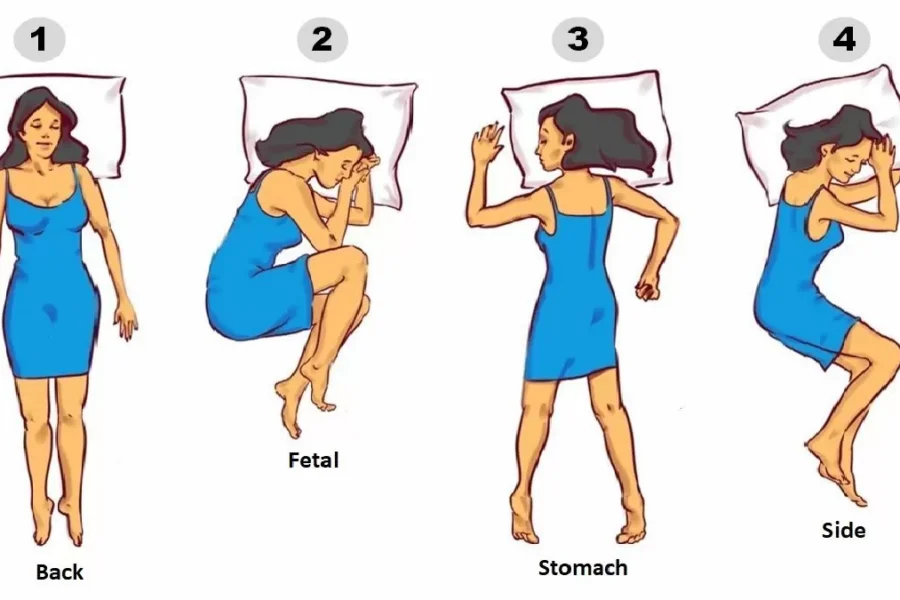Low Back Pain and their Symptoms, Treatment and Causes
80% of the population of the Spanish Society of Rheumatology will be suffering from low back pain. This lumbar situation can range from mild to very serious, although it can often be only a minor annoyance.
What are your reasons? And its effects? Can it be prevented or not? Today we examine this stressful pain that affects our lower back and from which even active and hardly sedentary human beings are now free.
What is low back pain and its Symptoms/Signs?
It is known as lumbago or lumbago to pain positioned within the lower lumbar area, between the waist and the buttocks. Lower back pain affects all human beings old and young. At least 70% of the population is predicted to have suffered from this problem before reaching the age of 16.
The pain can be delocalized and generalized, radiating from time to time, stressful however mild, in some cases. In others, it can present as very severe pain, occasionally disabling. Low back pain is evaluated as acute, subacute, and persistent according to its duration (much less than six weeks, about 6 weeks, or greater than 3 months).

In reality, low back pain itself is not a disease, however, it is a common way of calling this low back pain. Low back pain can appear as a permanent sharp pain or appear on exertion, manifesting in a stabbing and really painful way.
Sometimes low back pain can appear with different signs that consist of tingling and anesthesia or decreased sensation in the lower extremities, or also in the upper ones. This is associated with their neurological starting point, although that does not make it easy to discover their main reasons. Hence the following question arises.
What Causes Low Back Pain?
This condition, traditionally, due to the delocalization of this situation, was considered to have an unknown starting point (ignoring the pathological-onset lumbar pain associated with vertebral problems, for example). Currently, we realize that it is actually associated with some processes that can be related to nerve roots, muscle groups, ligaments, fascial structures, vertebrae and intervertebral discs, in addition to abdominal organs.
Although the precise mechanism is not completely established, we realize that there are some well-known mechanical reasons capable of generating low back pain, such as strains, sprains, overexertion and contractures, among others. In some more serious cases, low back pain can come from a herniated or ruptured vertebral disc, spondylolisthesis, traumatic injuries or different problems, in addition to an infection or a neoplasm.
To complicate matters further, some visceral conditions (gastrointestinal, kidney or vascular diseases) can radiate into the lower back, making it even more difficult to figure out their place of origin. In general, this area can be painful for a number of reasons. Finding the correct cause is essential to prevent low back pain from appearing.
Can low back pain be treated?
In general terms, it is not feasible to speak of a remedy for low back pain, because it is not a disease in itself. Depending on where the pain starts, if it is found, a particular remedy can be sought. But low back pain is a multifactorial situation and it is quite difficult to remedy it without having a clear diagnosis.
Sometimes pain relievers can’t even safely relieve pain, for this very reason. However, for what is known as nonspecific low back pain it is very useful to stay away from a sedentary lifestyle, prescribing a muscle relaxant or anti-inflammatory drugs. Good postural training is also advisable. This is not able to prevent low back pain, however, it has been shown to be very helpful in mitigating its symptoms.
What do specialists recommend for low back pain?
Health experts warn that while exercise can cause low back pain, a sedentary lifestyle can, too. Poor exercise or overexertion can cause low back pain. A sedentary way of life and bad posture also cause it. For this reason, regular, light or intense daily physical activity is usually recommended, but with supervision or training.
Other research has shown that body exercises, which expand muscle groups in a compensated way, can help alleviate the effects of low back pain. In addition, and as a complementary measure, treatment with the application of cold and/or heat is usually recommended to relieve pain.
In any case, and because its starting place can be very uncertain, in the event that the pain persists, it is advisable to go to a specialist in that ailment to try to discover the reason. In addition, in terms of diet, it is advisable to eat foods that help control inflammation and pain caused by rheumatic diseases, such as arthritis.





Leave a Comment